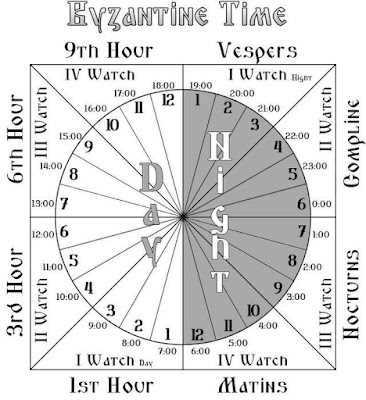Zara had asked Venice for help in 998CE; they were being menaced by Narentine pirates, a south Slavic tribe. Venice took advantage of the request by sending a fleet that defeated the pirates and then landed on some of the islands in the Adriatic and took them over. Dalmatia offered little resistance.
The Zaran anti-Venice resistance led to them becoming part of the Byzantine Empire. Meanwhile, the trading power of Venice grew until they became a powerful force in the Adriatic and continued to attack Zara several times during the 1100s. Now, in November 1202, Doge Enrico Dandolo had a large army that owed him a lot of money and accepted his leadership. It was time to strike and subjugate Zara once and for all time.
As Geoffrey de Villehardouin wrote in his account of the Crusade:
On the eve of the feast of Saint Martin, they arrived before Zara in Sclavonia and saw the city fortified with lofty walls and tall towers; you would have sought a finer, stronger, more impressive city in vain. And when the pilgrims saw it they were greatly astounded and said to one another, "How could such a city be taken by force, unless God Himself brought it about?"
The ships landed; siege engines intended to be used against Saracens were unloaded, and Zara was attacked and taken. This was an appalling act: an attack by a Christian Crusading army on a Christian city. It was universally condemned. Pope Innocent III excommunicated all involved and wrote:
Behold your gold has turned into base metal and your silver has almost completely rusted since, departing from the purity of your plan and turning aside from the path onto the impassable road, you have, so to speak, withdrawn your hand from the plough [...] for when [...] you should have hastened to the land flowing with milk and honey, you turned away, going astray in the direction of the desert.
In 1203, however, Innocent undid the excommunication of the non-Venetians in the Crusading army, urging them to complete their mission. Unfortunately, the siege of Zara was simply a foreshadowing of a larger transgression. We will start leading up to that tomorrow.

.jpg)


















